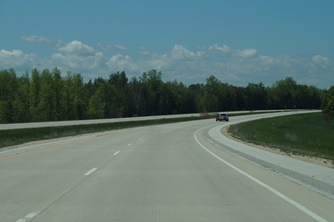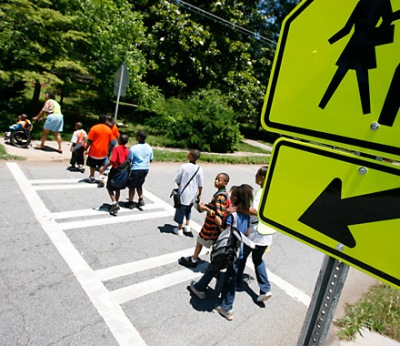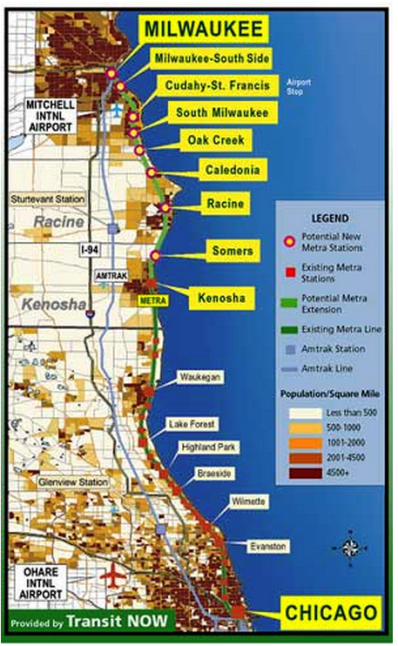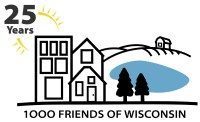Recommendations for the Future.
All of the data shows that we should rethink our investments in transportation. It’s time to focus on building a balanced transportation system that is financially and environmentally sustainable, in addition to being multimodal and equitable for all users.
A. Re-evaluate major highway projects.
 1. Adapt to changing times by collecting data about current and projected travel trends and create models that are more reflective of shifts in transportation and living preferences of Wisconsinites.
1. Adapt to changing times by collecting data about current and projected travel trends and create models that are more reflective of shifts in transportation and living preferences of Wisconsinites.
2. Use real-time data in the planning and design of new transportation systems – instead of outdated models that project indefinite future growth in automobile vehicle miles driven.
3. Invest in asset management systems that seek to maintain and preserve the existing roadway network and use innovative strategies to manage demand and congestion. For example, using congestion pricing on roads affected by peak-hour traffic jams, intelligent transportation systems that predict demand and inform users about alternate traffic routes, data driven analysis that allows the synchronization of different types of roadwork and technologically advanced incident management systems that allow the faster clearing of roadway networks following crashes. All of these options come at a much lower price-tag than new highway capacity.
4. Use life-cycle cost analysis that seek to capture the future maintenance and rehabilitation costs of new transportation infrastructure. These life-cycle costs would be tied to DOT budget requests, and future funding sources would be identified before projects are given the go-ahead.
B. Invest in complete streets, local roads, bike and pedestrian infrastructure
1. Invest in a statewide complete streets program that plugs the gaps in local road networks and allows the formation of a more efficient grid – that does not require local residents to use large highways for short trips.

2. Increase funding for local road repairs – they carry the majority of traffic in the state and are the first and last point in any trip taken.
3. Equality in transportation modes – pedestrians, transit, bikes and cars should be given equal priority in the design of local road networks.
4. Invest in Safe Routes to School – programs that encourage and protect children who use non-motorized modes of transportation to get to and from school.
 C. Invest in high-quality public transportation in communities across Wisconsin
C. Invest in high-quality public transportation in communities across Wisconsin
First step – implement the recommendations of the bipartisan Transportation Policy and Finance Commission:
1. Restore the 10% cuts to public transit operating assistance in 2011 and provide an additional $9.5 million in annual support.
2. Allow communities to form Regional Transit Authorities which are able to generate their own funding through the levy of a sales tax.
3. Ensure that transit funding is secure by allowing it to remain in the state Transportation Fund and prevent it from having to compete with other essential services like healthcare and education.
4. Provide WisDOT with the administrative flexibility to adjust transit tiers in accordance with changes in federal law that would allow agencies to allocate more funds to transit systems as appropriate.
5. Create a state transit capital program of $15 million annually or $150 million over ten years.
6. Re-invest in commuter and high speed rail. The proposed, but ultimately, discarded KRM (Kenosha-Racine-Milwaukee) commuter rail project would have added eight new stops along existing freight rail lines and served nearly 2 million people. It would have been the terminus of the Milwaukee streetcar station, which is currently in the development phase. A commuter and high-speed rail network would be reflective of national transportation trends and provide commuters with a reliable and safe alternative to driving. These investments would also create jobs at a much higher rate than expanding highway capacity.
-by Ashwat Anandanarayanan, Transportation Policy Analyst
